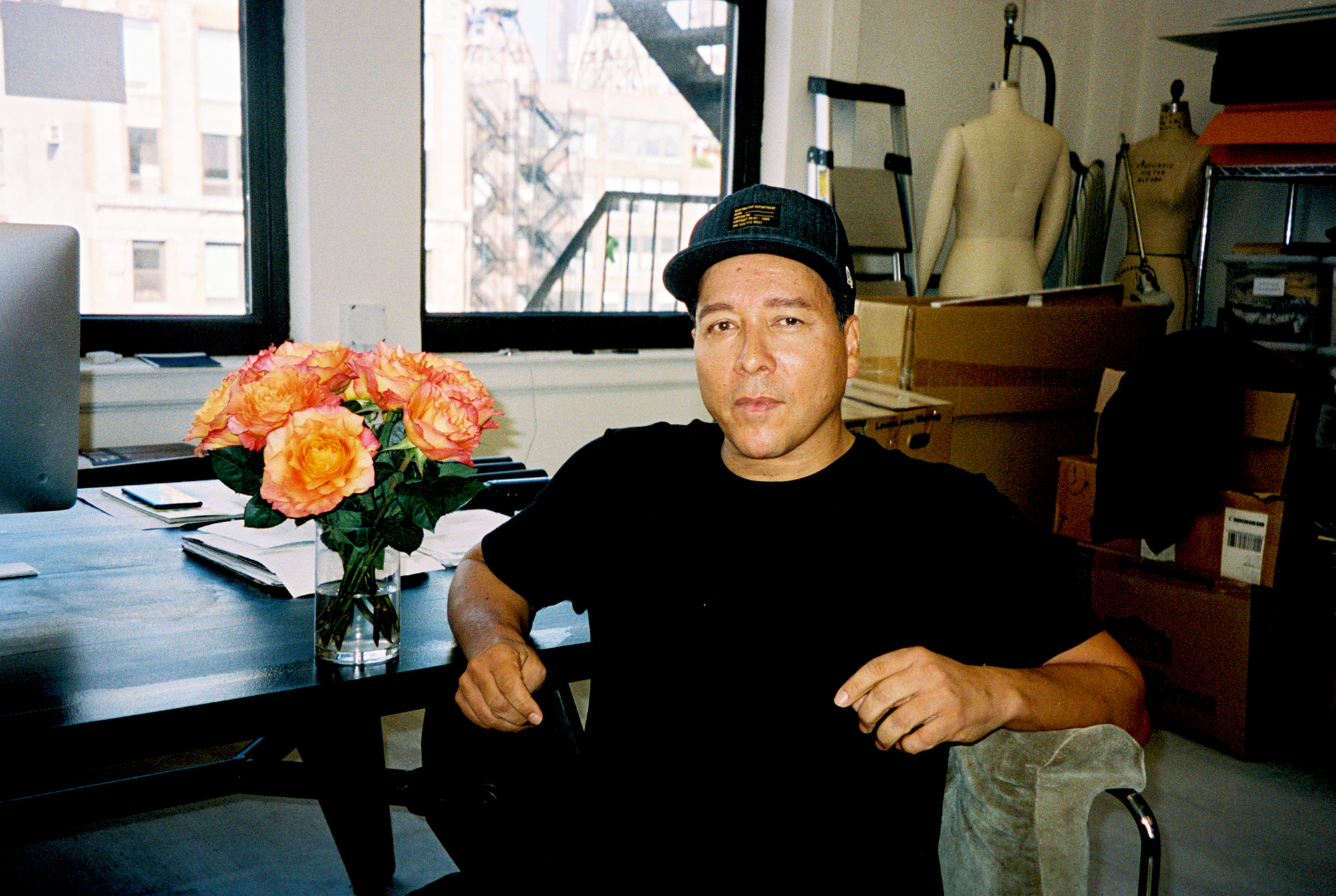For Alfaro, celebrating Latinidad is a personal journey. He pays homage to his roots not only through his designs, but also in the smallest acts of everyday life. As he put it, “If you feel like this month is a time to raise your voice as a Latin person then great, and how can I help?”
Alfaro is a highly decorated designer: the CFDA honored him with a Perry Ellis Award for emerging talent in 1994, and he also received awards such as the Vidal Sassoon Excellence in New Design and the Omni-Mexican award for Best Latin American Designer.
He’s a humble man, and when asked how it feels to represent the Latin community on a global scale he said, “I have a really hard time taking that kind of credit. It makes me too emotional.” But for us Latinxs, Alfaro is one of the few we can look to, and we are grateful for his life’s work. He recalled one of the instances in his life when he was reminded of his impact.
“I needed some technical help from a knitwear designer and ended up working with a sweet kid,” Alfaro recounted. “One night, working late, he was sitting with my assistant Johnny, and said he saw me and my work in his country, and because he did, he decided to come to New York.”
He gives back by teaching courses at his alma mater FIT, and he has been a mentor to fashion students in Mexico. Today, he’s working on a personal project for which he hopes to engage Mexican artisans, manufacturers, resources and factories to empower his people.
This is the last day of Latin Heritage Month, and although celebrating our culture and heritage doesn’t end today, trust me when I say that we haven’t heard the last of Victor Alfaro.
Editor’s Note: This feature is part of an ongoing editorial series celebrating Latinxs in fashion during National Hispanic Heritage Month. Click here to access the series.

